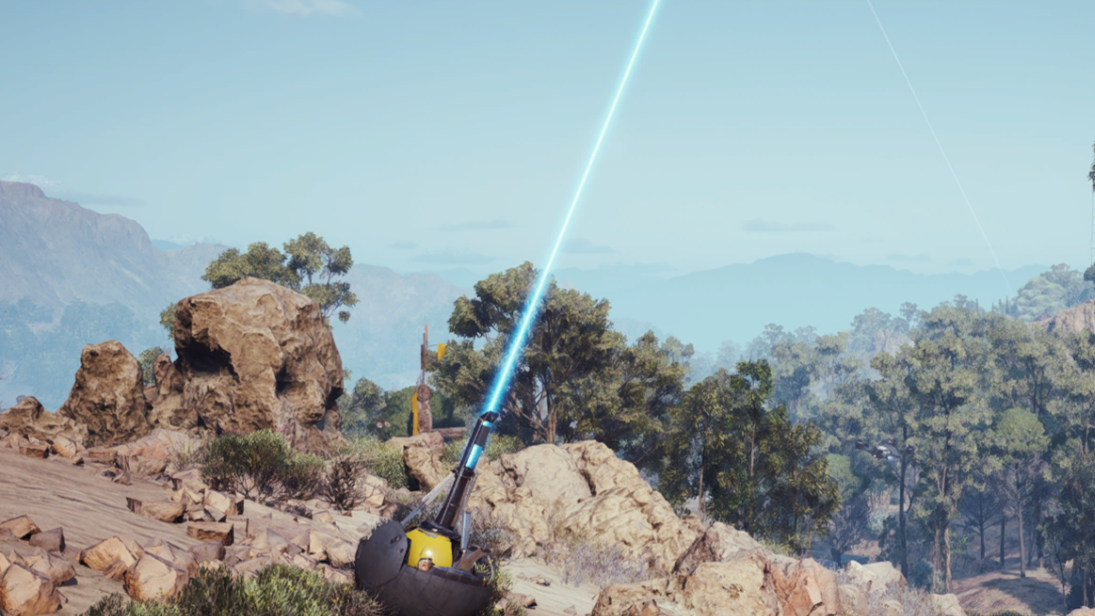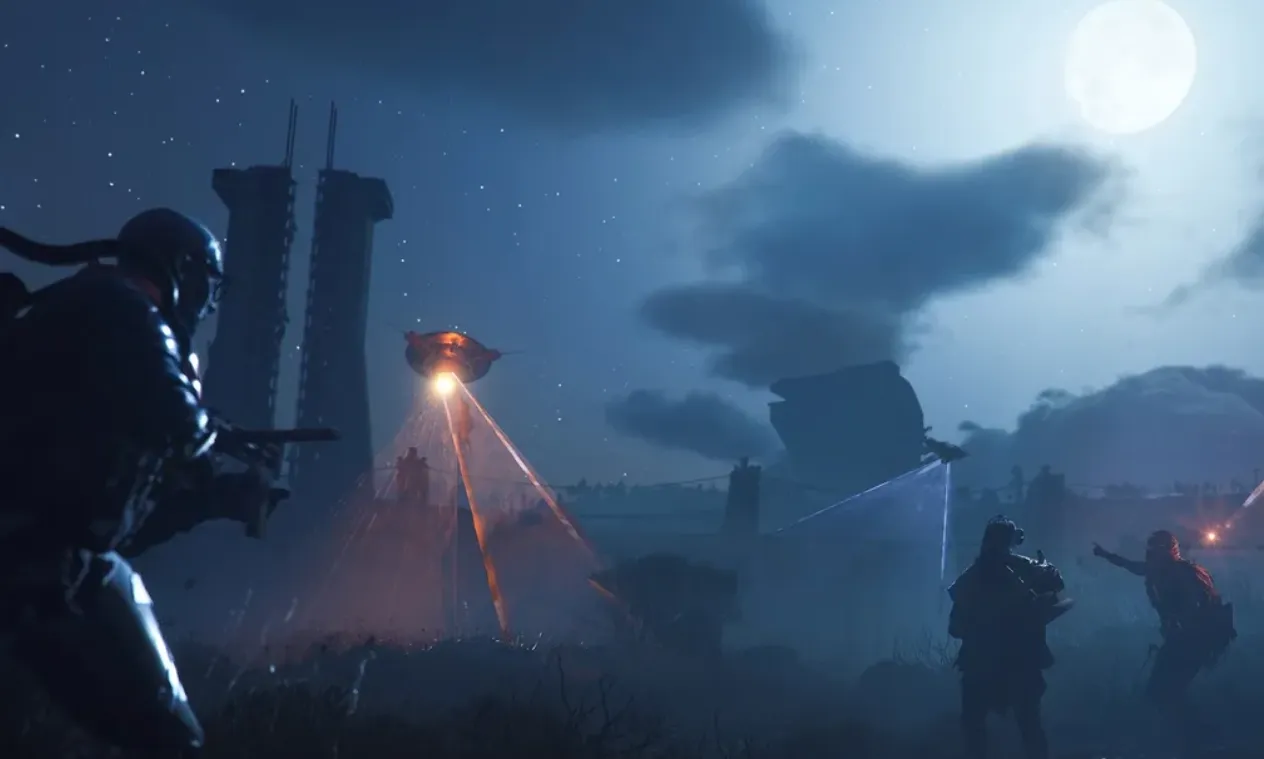ARC Raiders throws a lot of scrap at you. Some of it is future-proof crafting fuel, some is quest-critical, and some is there purely to turn into coins. The trick is reading the game’s own labels and UI to decide what should be sold, recycled, or hoarded.
How to open your inventory and sell items (PC, Xbox, PlayStation)
You never sell directly to a vendor in ARC Raiders. Everything happens from the inventory or loadout screens.
| Platform | Open inventory (Workshop/menu) | Open actions on an item | Sell / recycle from actions |
|---|---|---|---|
| PC | Press Tab in the Workshop or main menu |
Right-click the item with the mouse | Choose Sell or Recycle in the context menu |
| Xbox | Press the Select / View (back) button |
Highlight the item, press Y |
Pick Sell or Recycle in the more actions menu |
| PlayStation | Click the touchpad | Highlight the item, press Triangle |
Pick Sell or Recycle in the more actions menu |
Once the action menu is open, selling an item immediately credits coins to your balance and removes that item from your stash. Recycling converts the item into specified crafting components instead of coins.
How selling and recycling work in ARC Raiders
There are three related systems for turning loot into value:
| Action | Where you do it | What you get | Typical use case |
|---|---|---|---|
| Sell | Stash / inventory / loadout menu in Speranza | Coins | Clearing out trinkets and true junk to fund purchases |
| Recycle | Stash / inventory / loadout menu in Speranza | Specific crafting components | Breaking down recyclable loot into materials for weapons, mods, utilities |
| Salvage | During a raid, from the in-raid inventory | Reduced number of components | Freeing emergency space in your backpack mid-mission |
Salvage is effectively a weaker, in-raid version of recycling. If you can hold onto an item until you’re back in Speranza, recycling it there will return more components.
How the game tells you what to sell vs. recycle
ARC Raiders quietly labels items by intent. Most of the time you can decide what to do with something by looking at three elements: the thumbnail icon, the tag text, and the description.
| Visual cue | What it usually means | Typical action |
|---|---|---|
| “Recyclable” tag in the tooltip | Item breaks down into a specific component (shown in text) | Recycle, unless you know it’s needed for quests, Workshop, Scrappy, or Expedition |
| “Trinket” tag + diamond icon on thumbnail | Pure vendor loot with high coin value | Sell for coins |
| Description line like “This item can be recycled into X” | No other use is surfaced in the UI | Recycle or store temporarily if you’re unsure |
When you hover over materials in your stash, many will also show “Used to craft…” followed by the name of a weapon, mod, or tool. Treat that as a warning label; if a component feeds into gear you care about, be cautious about recycling or selling it in bulk.
PC and console controls for selling and recycling
The actions are identical on every platform, but the buttons differ slightly.
- On PC, open the Workshop, press
Tabto open your inventory, right-click any item, and chooseSellorRecycle. - On Xbox, press the back/select button to open inventory, hover the item, press
Yfor the more actions menu, then chooseSellorRecycle. - On PlayStation, click the touchpad to open inventory, hover the item, press
Triangleto open more actions, then chooseSellorRecycle.
You can repeat the same steps from the loadout screen before queueing into a raid, which is useful for last‑minute stash cleanup or quickly turning extra trinkets into coins.
What’s truly safe to sell or recycle right now
Not all loot is equal. Some categories are effectively designed to be offloaded, others should be protected until late game. The safest items to convert are the ones with no known ties to quests or Workshop upgrades.
Crafting materials that are safe to recycle
The following materials currently have no known use in quests or Workshop leveling. Recycling them for base components is generally safe if you are not planning an Expedition reset.
| Safe-to-recycle material | Safe-to-recycle material | Safe-to-recycle material |
|---|---|---|
| Alarm Clock | Damaged Fireball Burner | Ruined Accordion |
| ARC Coolant | Damaged Hornet Driver | Ruined Augment |
| ARC Flex Rubber | Damaged Rocketeer Driver | Ruined Baton |
| ARC Performance Steel | Damaged Snitch Scanner | Ruined Handcuffs |
| ARC Synthetic Resin | Damaged Wasp Driver | Ruined Parachute |
| ARC Thermo Lining | Deflated Football | Ruined Tactical Vest |
| Bicycle Pump | Degraded ARC Rubber | Ruined Riot Shield |
| Broken Flashlight | Diving Goggles | Rusted Bolts |
| Broken Guidance System | Dried-Out ARC Resin | Rusty ARC Steel |
| Broken Handheld Radio | Expired Respirator | Spring Cushion |
| Broken Taser | Frying Pan | Spotter Relay |
| Burned ARC Circuitry | Garlic Press | Tattered ARC Lining |
| Burned Tick Pod | Headphones | Tattered Clothes |
| Candle Holder | Household Cleaner | Thermostat |
| Coolant | Ice Cream Scooper | Torn Blanket |
| Cooling Coil | Impure ARC Coolant | Turbo Pump |
| Crumpled Plastic Bottle | Industrial Charger | Unusable Weapon |
| Damaged ARC Motion Core | Industrial Magnet | Water Filter |
| Damaged ARC Powercell | Metal Brackets | Number Plate |
| Polluted Air Filter | Power Bank | Radio |
| Remote Control | Ripped Safety Vest | Rocket Thruster |
| Rubber Pad |
Recycling these clears a lot of visual noise out of your stash while feeding your stock of base materials.
Trinkets and misc items that are safe to sell for coins
Some items are classic vendor trash: they exist to be turned into coins and have no other progression role. They also tend to pay out better than ordinary scrap.
| Safe-to-sell trinket | Safe-to-sell trinket | Safe-to-sell trinket |
|---|---|---|
| Bloated Tuna Can | Lance's Mixtape (5th Edition) | Rosary |
| Blown Fuses | Music Album | Silver Teaspoon Set |
| Breathtaking Snow Globe | Music Box | Statuette |
| Coffee Pot | Painted Box | Torn Book |
| Dart Board | Playing Cards | Vase |
| Expired Pasta | Poster of Natural Wonders | Volcanic Rock |
| Fine Wristwatch | Pottery | Red Coral Jewelry |
These items also carry the “Trinket” label in their tooltips and a diamond symbol on their icons. Selling them aggressively is one of the fastest ways to refill your coin balance early on without touching materials you might need later.
What you should almost never sell
Several categories of loot are deceptively valuable and tend to cause long‑term pain if you offload them too early.
| Category | Typical examples | Why to keep |
|---|---|---|
| Basic crafting materials | Metal Parts, Fabric, Plastic Parts, Chemicals, Rubber Parts | Required in large quantities for almost every weapon, shield, mod, and healing craft |
| Organic items (seeds and food) | Assorted Seeds, fruit, mushrooms used for Scrappy and Celesta | Seeds act as currency for the trader Celesta; Scrappy upgrades consume specific foods and cushions/beds |
| Rare workshop upgrade materials | Rusted Gear, Rusted Tools, Motor, rare electronics | Needed in low but painful quantities for Tier 2–3 Workshop benches; often hard to find |
| Quest-specific and Expedition items | Surveyor Vault, certain keys, higher-end electronics and sensors | Feed into quests, late-game Projects, or the Expedition prestige reset; losing them slows progression dramatically |
| Keys and access items | Raider Hatch Key, Dam Surveillance Key, other named keys | Open locked rooms, Security Breaches, and hatches that often contain blueprints or high-tier loot |
| Non-basic weapons and shields | Most guns beyond true starter gear, upgraded shields | Can be recycled for valuable materials; also future backup loadouts if the meta shifts or you lose gear |
On top of that, Scrappy (your scavenger chicken) uses a fixed list of homey items — Dog Collar, Cat Bed, various fruits, a Very Comfortable Pillow — for his upgrades. Once Scrappy is fully upgraded, those specific items revert to being safe sell or recycle options, but not before.
Use tracking and hover hints to protect future upgrades
The game provides a couple of built‑in systems to help you avoid selling the wrong things.
- Hover hints: When you hover over a material in your stash, the tooltip often lists what it is “Used to craft”. If the line mentions a weapon, mod, or tactical item you want, avoid mass‑recycling that component.
- Resource tracking: Each Workshop bench and many recipes allow you to track required materials. Once tracking is enabled for an upgrade or craft, items needed for it gain an “eye” icon in the world and in your inventory, making them easy to spot at a glance.
- Logbook view: From the tracking interface, you can open a logbook-style view that shows which items are attached to which benches or upgrades. That helps explain why a specific scrap piece has an eye icon.

Managing stash space and selling in bulk
Stash space in ARC Raiders is tight, and expanding it costs coins. Selling and recycling are effectively your first line of inventory management.
- Sell trinkets first: Clearing out diamond‑icon trinkets and the safe‑to‑sell list frees a lot of space while pumping coins into your account.
- Recycle safe materials in batches: On PC, you can hold a modifier key (such as
Ctrl) to select multiple items, then right‑click and applySellorRecycleto all selected at once. This is far faster than handling each copy individually. - Keep a large buffer of basics: Aim to always have a healthy stock of Metal Parts, Fabric, Plastic Parts, Chemicals, and Rubber Parts before you sell any excess. These drive most crafting chains.
- Use free loadouts when broke: If you’ve accidentally sold too aggressively and end up with no gear and no coins, the matchmaking screen has a “Free Loadout” option at the top. Ready up with that to get basic gear and start rebuilding.
Handled this way, your stash becomes a curated parts wall instead of a random junk drawer, and every expedition ends with a clear sense of what gets turned into coins, what gets turned into materials, and what goes on the “absolutely keep” shelf.


